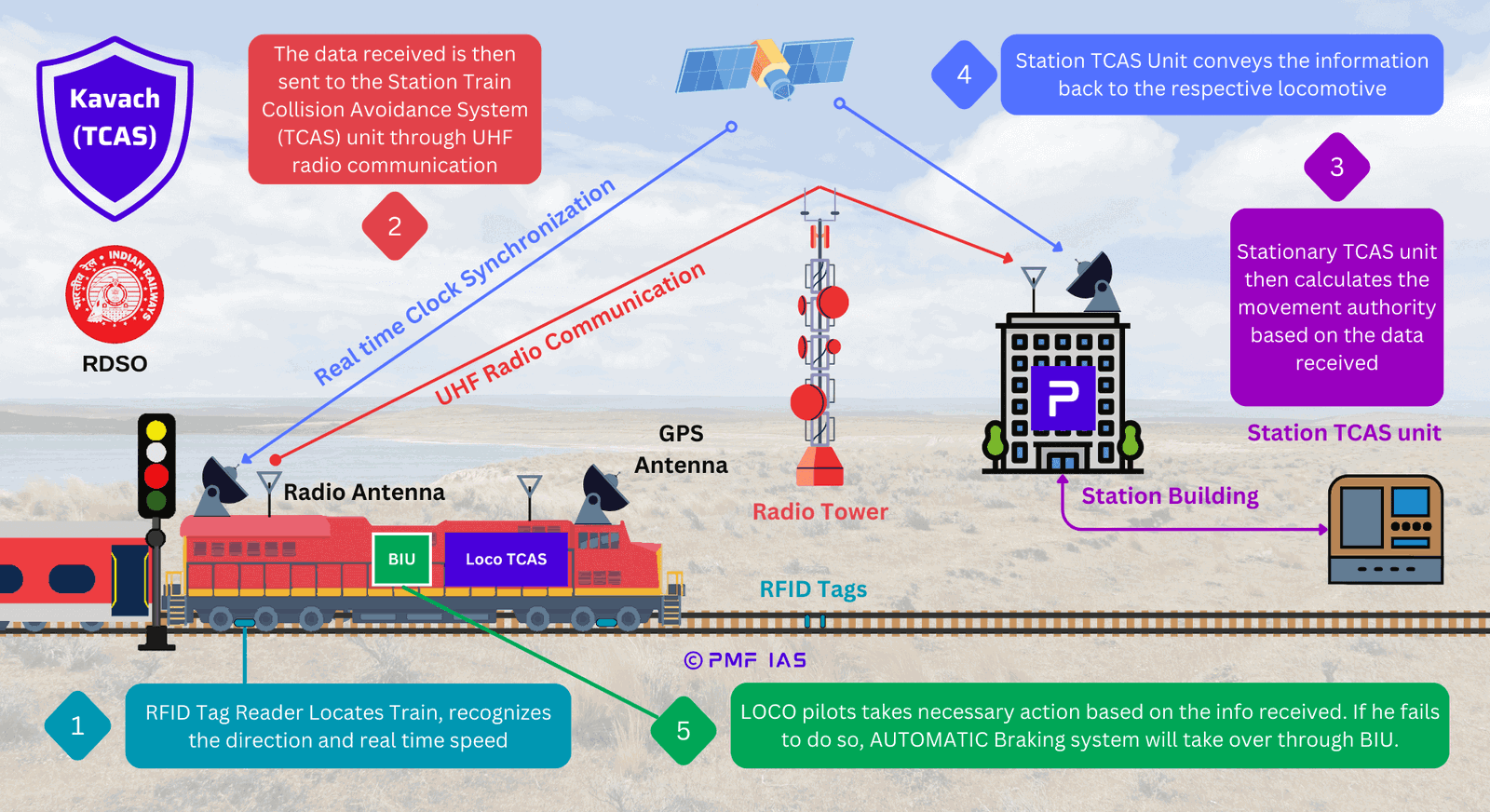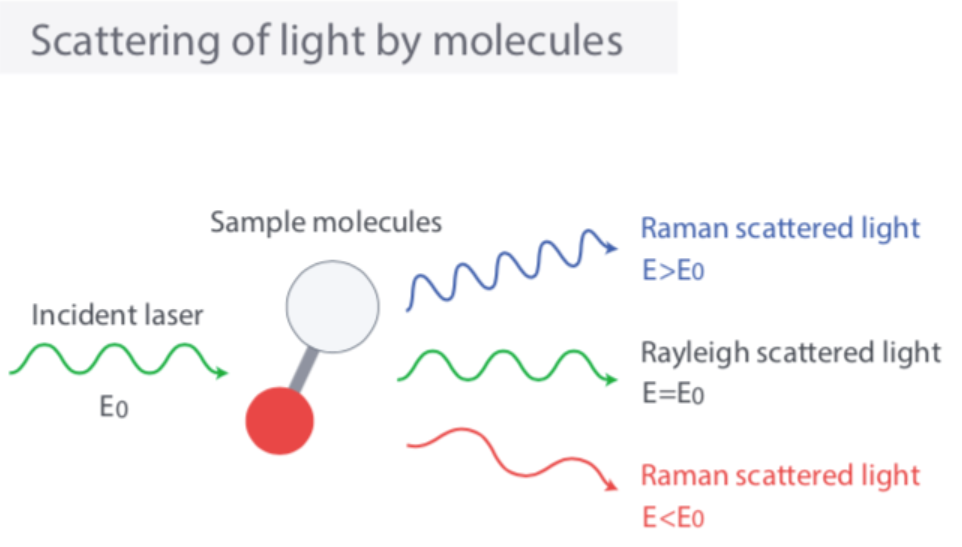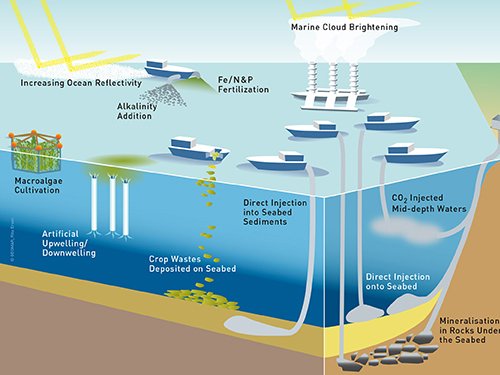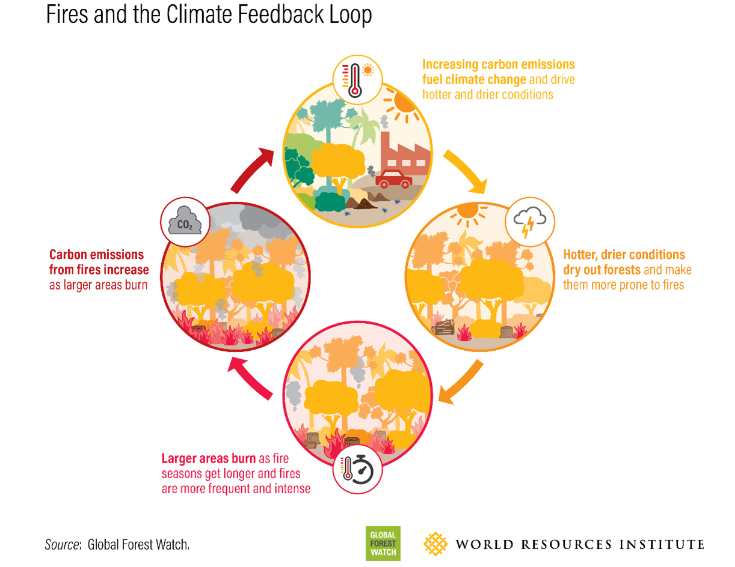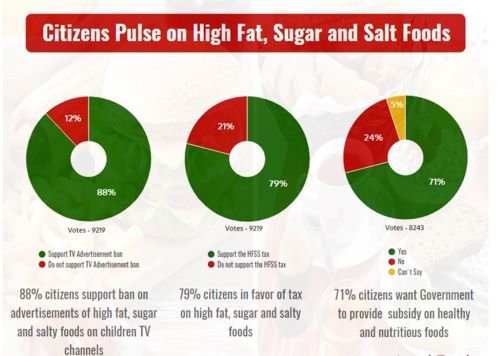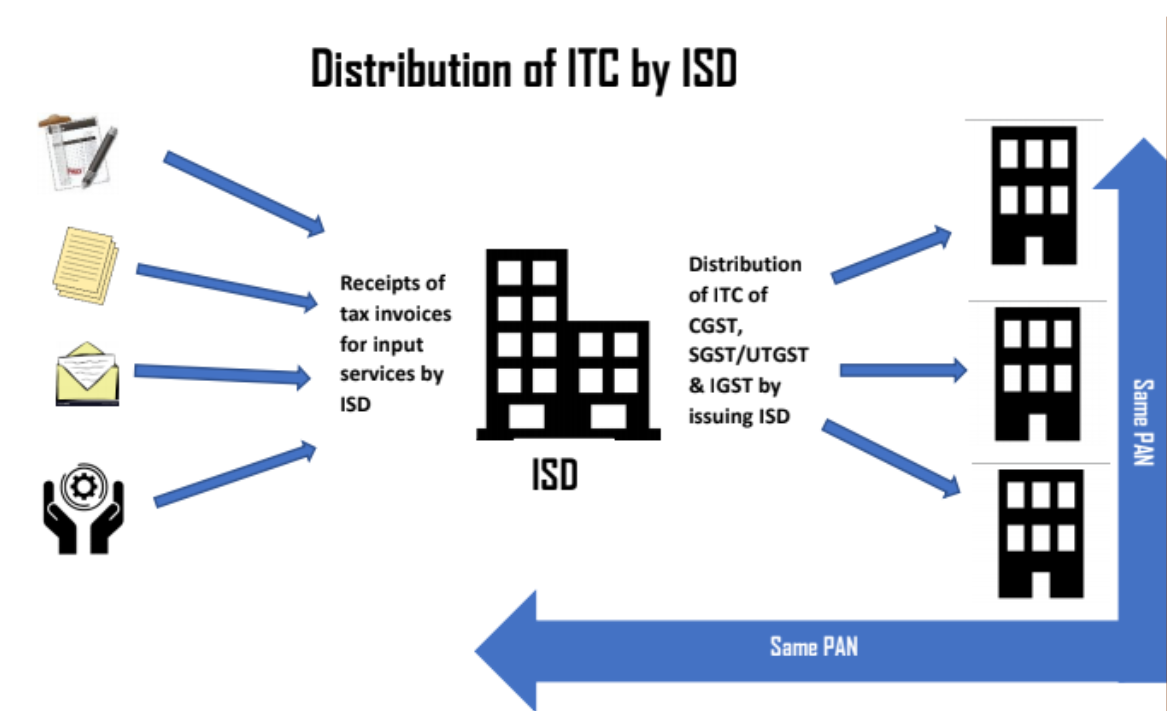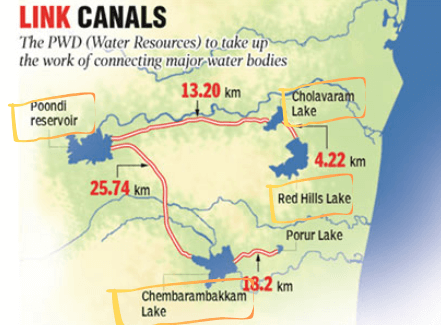
Indigenous Peoples and Local Communities (IPLCs)
Subscribers of "Current Affairs" course can Download Daily Current Affairs in PDF/DOC
Subscribe to Never Miss an Important Update! Assured Discounts on New Products!
Must Join PMF IAS Telegram Channel & PMF IAS History Telegram Channel
- Context (DTE): The importance of Indigenous Peoples and Local Communities (IPLCs) in conservation and the need to share benefits from biodiversity with them has been earmarked repeatedly.
- Indigenous peoples and local communities (IPLCs) refer to distinct groups of people with deep historical connections to specific territories or regions.
- These groups possess distinct cultural, social, economic, and political systems intricately linked to their ancestral lands.
Importance of IPLCs in Conservation
- They deeply understand the local ecosystems and the intricate web of life that supports them.
- They possess a wealth of traditional knowledge about sustainable resource management, passed down through generations.
- They act as natural guardians of biodiversity by protecting against deforestation, poaching, etc.
Challenges in the Engagement of IPLCs in Conservation
- Historical marginalisation and distrust: IPLCs, marginalised and dispossessed by governments and conservation groups, harbour deep distrust of outsiders.
- Top-down conservation approaches: In this approach, governments and organisations set the agenda and tell IPLCs what to do. This disempowers IPLCs, fostering resentment and resistance.
- Lack of recognition of IPLCs’ rights and knowledge
- Lack of funding and resources
- Language barriers
Recognition of the Role of IPLC
- Convention on Biological Diversity (CBD): It mandates that each country respects, preserves, and maintains the knowledge, innovations and practices of IPLCs.
- Languages of IPLCs: A Working Group of CBD has emphasised the need to safeguard the languages of IPLCs for the intergenerational transmission of traditional knowledge, innovations, and practices.
- Kunming-Montreal Global Biodiversity Framework (KMGBF): KMGBF aims to safeguard biodiversity, promote sustainable use, and ensure equitable sharing of benefits with IPLC.
- Global Biodiversity Framework Fund (GBFF): Global Environment Facility (GEF) allocates up to 20% of the new GBFF funds for IPLCs.
Convention on Biological Diversity (CBD),1992
|
Kunming-Montreal Global Biodiversity Framework (KMGBF)
|
Global Biodiversity Framework Fund (GBFF)
Global Environment Facility (GEF)
|




![PMF IAS Environment for UPSC 2022-23 [paperback] PMF IAS [Nov 30, 2021]…](https://pmfias.b-cdn.net/wp-content/uploads/2024/04/pmfiasenvironmentforupsc2022-23paperbackpmfiasnov302021.jpg)
